We may earn money or products from the companies mentioned in this post. This means if you click on the link and purchase the item, I will receive a small commission at no extra cost to you ... you're just helping re-supply our family's travel fund.
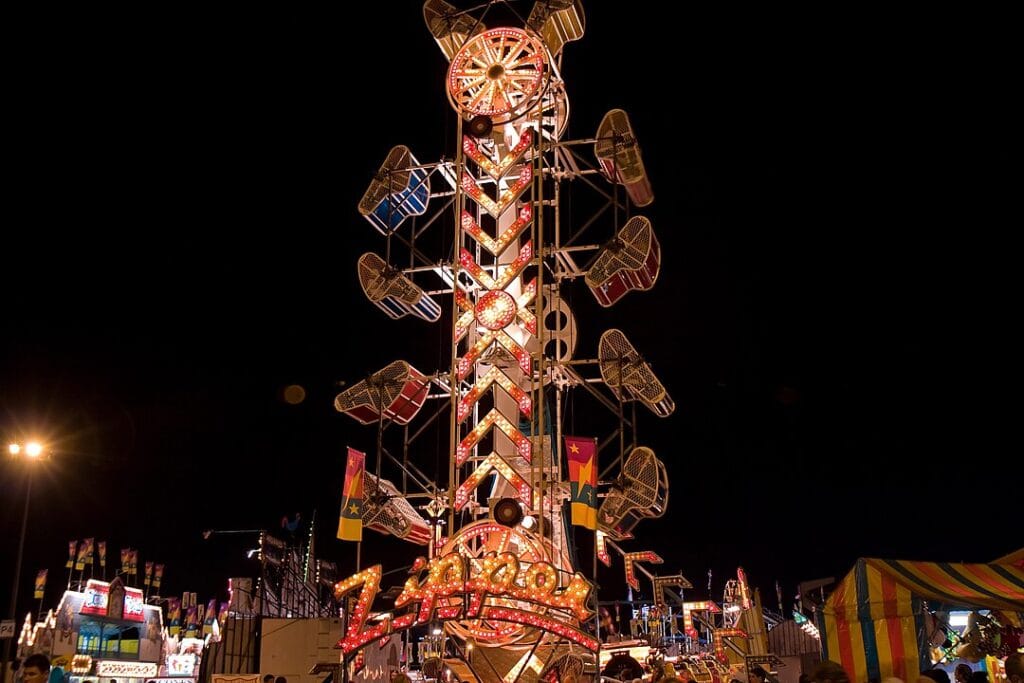
Thrills have a place, but some rides tipped from daring into careless, especially for small riders with lighter bodies and growing bones. Designs chased spectacle, maintenance lagged, or operators lacked clear rules. The outcomes were predictable: ejections, whiplash, and near misses that never made headlines. Here’s the thing. Good parks set firm height limits and build in redundancy; bad ideas rely on luck. These eight examples show where excitement outran judgment, and why careful engineering earns the smiles worth keeping.
Alpine Slide, New Jersey Mountain Park
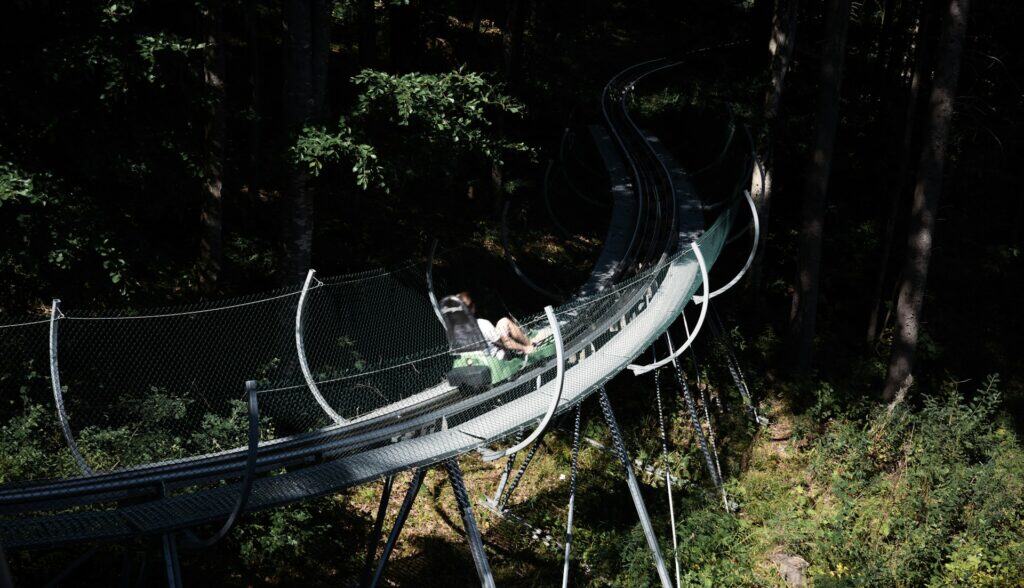
A concrete chute and plastic sled promised control that young riders rarely had. Steering took strength and a steady touch, while thin suits left skin at risk on hot, sanded curves. Speeds spiked on sun-baked straightaways, safety nets sagged, and medics stayed busy. The slide became a rite of passage whispered by locals and a cautionary tale for parents. When gravity sets the pace and braking relies on small hands, the math leans hard against children.
“Cannonball Loop” Waterslide
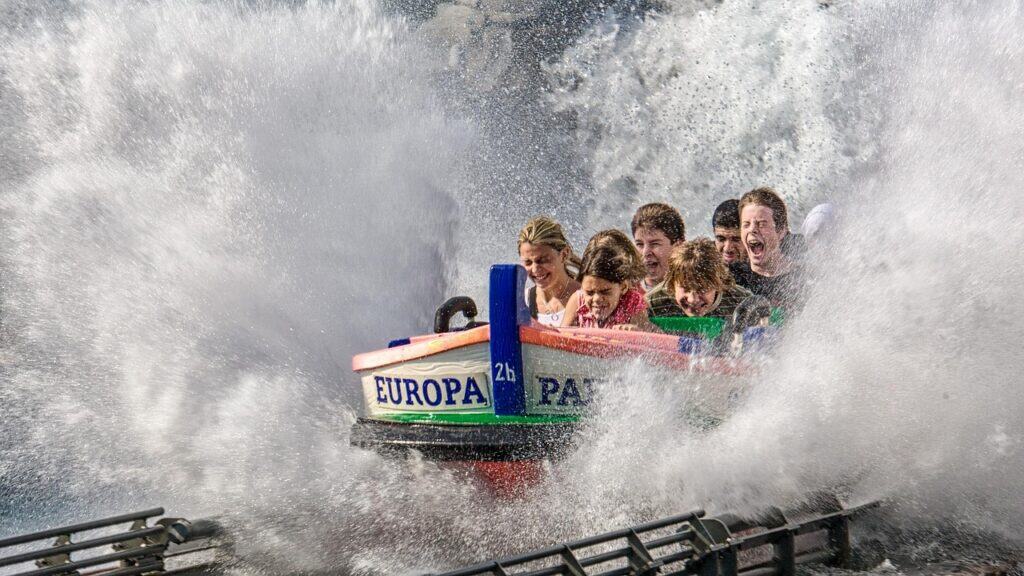
A vertical loop in a fiberglass tube sounded like a cartoon and behaved like one. Test runs produced bruises, lost earrings, and worse, as riders stalled in the loop and technicians cut rescue panels. Water flow could not fix physics, and padding inside a tube became its own hazard. The slide opened briefly, then shut under a pile of injuries and disbelief. As a concept, it sold tickets. As a ride, it proved that novelty without testing is just a dare.
“Verrückt” Mega Waterslide
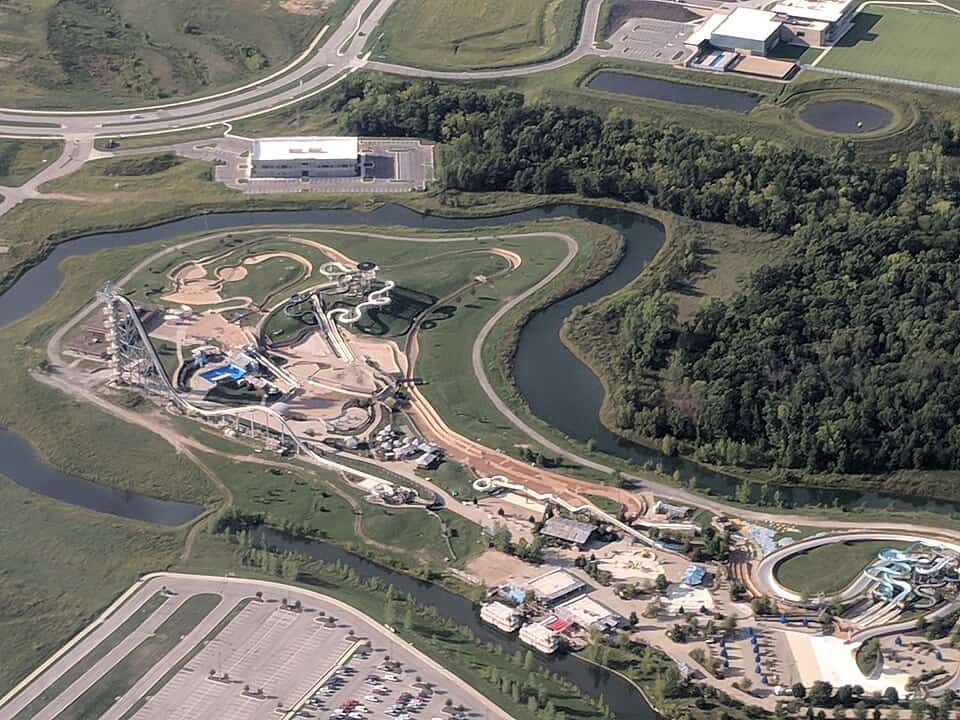
Stacked rafts dropped from a height taller than many bridges, then climbed a second hill under netting meant to calm nerves. The forces did not forgive small bodies, and a tragic accident ended the experiment and the park’s future. Investigations cited design shortcuts and thin oversight that prioritized records over margins. For children, the speed, the angles, and the multi-rider dynamics left too many variables. Height thrills adults; safety margins, not slogans, protect kids.
The Zipper Carnival Ride
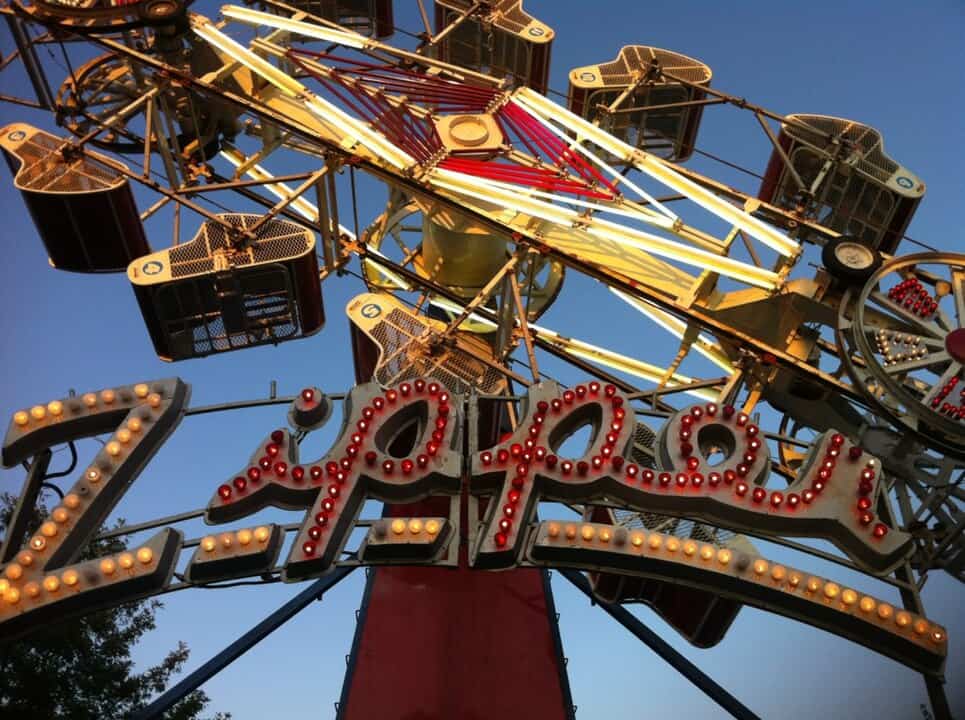
Cages spin end over end while the long boom rotates, a chaos that delights teens and unnerves operators on windy days. Older models used latches and lap bars that demanded perfect alignment after every load. Small riders rattled in cages, and aggressive cycles invited head knocks and bruised shoulders. Modern inspections improved hardware, but the basic motion still punishes light frames. On midways where settings vary by operator, this ride asks more trust than a child should owe.
Rotor Spinning Barrel
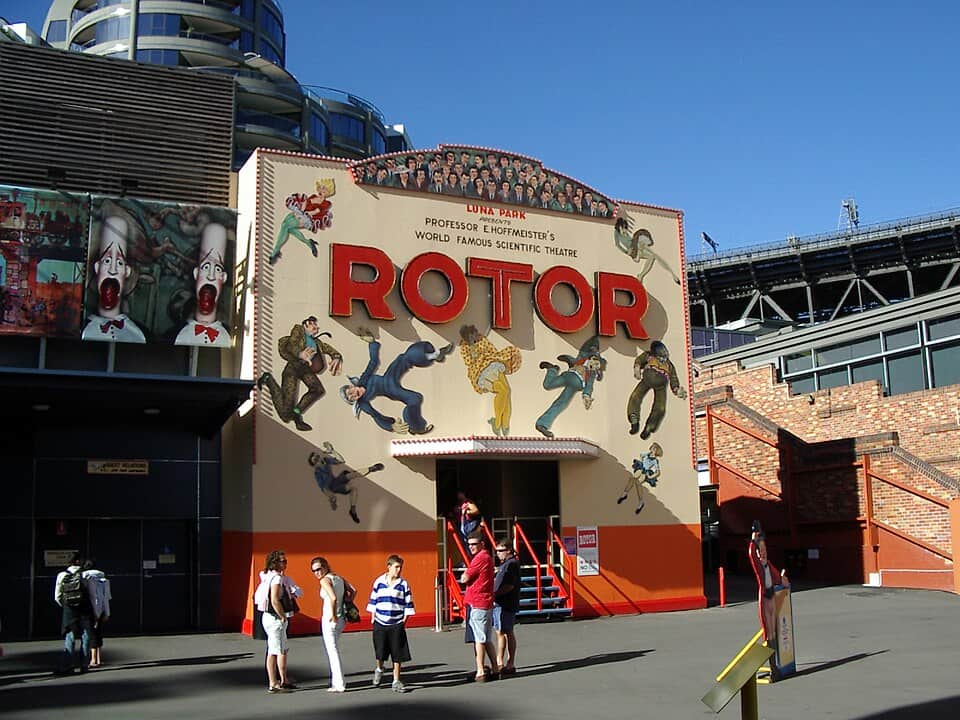
A drum spins until walls pin riders by centrifugal force, then the floor drops. That display thrills crowds and squeezes necks, backs, and stomachs beyond what smaller spines like. Shorter riders slide under the grip point, chin to chest, as Gs sneak up during long runs. Operators once controlled cycles by feel, not by timer, which turned bravado into strain. Many parks retired the model or replaced it with tamer cousins. The physics never hated kids; the tolerances did.
Stand-Up Roller Coasters, 1990s Era
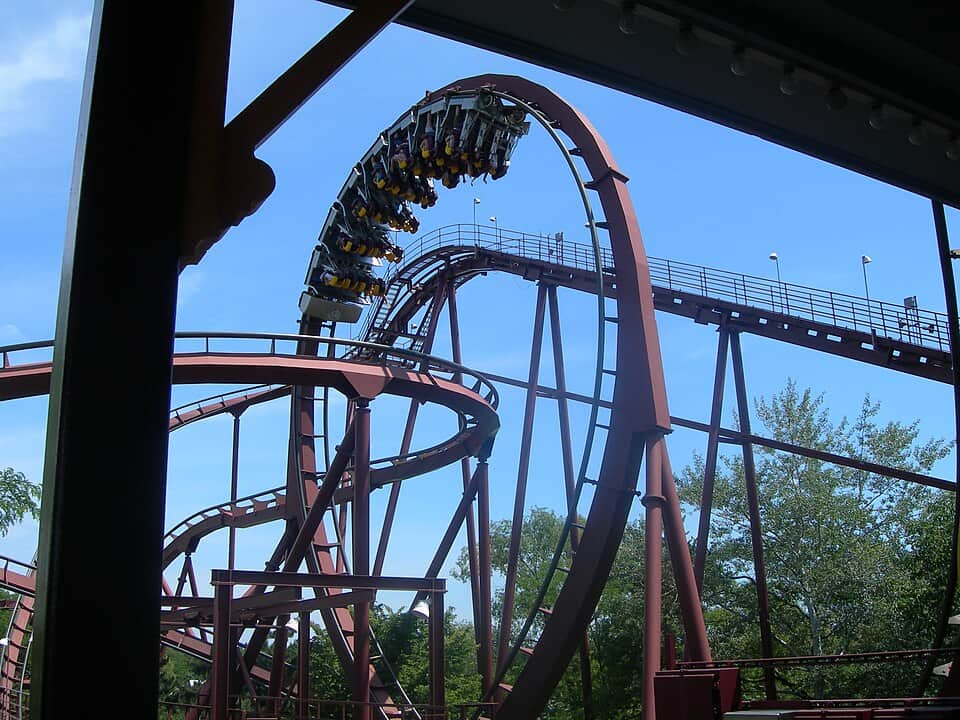
Bicycle-style saddles and over-the-shoulder restraints promised a superhero stance and delivered pressure points that scaled poorly for younger bodies. Height minimums tried to help, but fit mattered more than inches, and rough track profiling amplified headbanging. Many rides converted to seated trains or closed outright after years of complaints. For kids, the problem was basic: standing adds another failure mode when forces spike and geometry shifts. The pose looked bold; the ergonomics said no.
Older Drop Towers Without Backup Belts
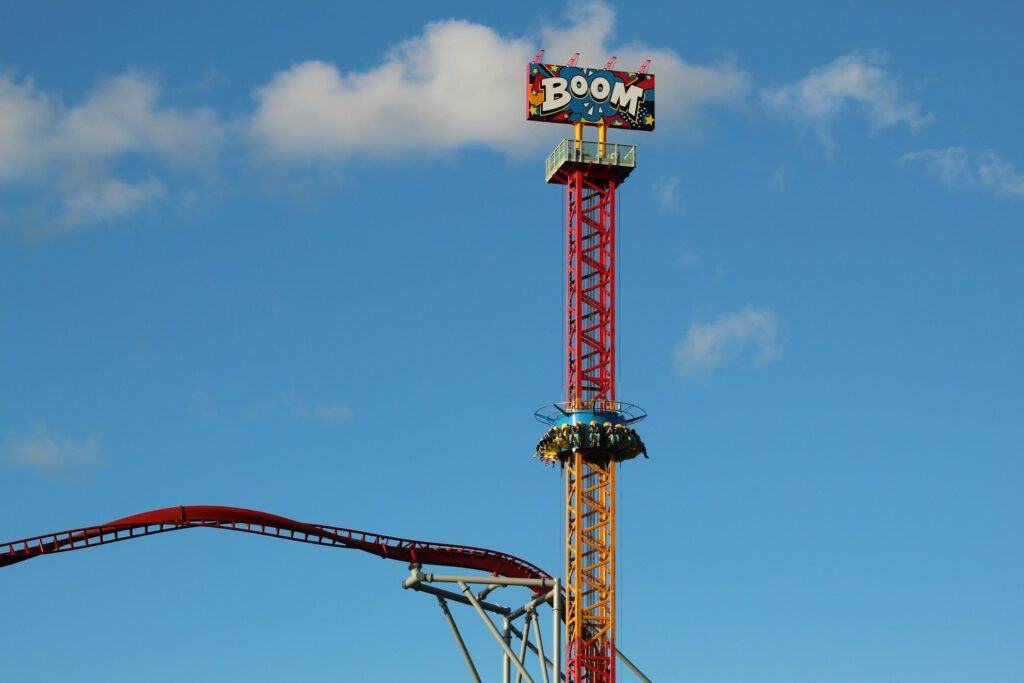
Early generations relied on single locking restraints, sometimes with no secondary belt or seat contour to hold small frames. A slight gap turned into airtime at the worst moment, and panicked bracing caused shoulder and neck injuries. Modern towers use redundant systems and precise body-size checks, which is the proper answer. The lesson lingers in training rooms: gravity is reliable, hardware must be more so, and children need layers of protection, not just a latch and a warning sign.
High-Speed “Himalaya” Rides Run In Reverse
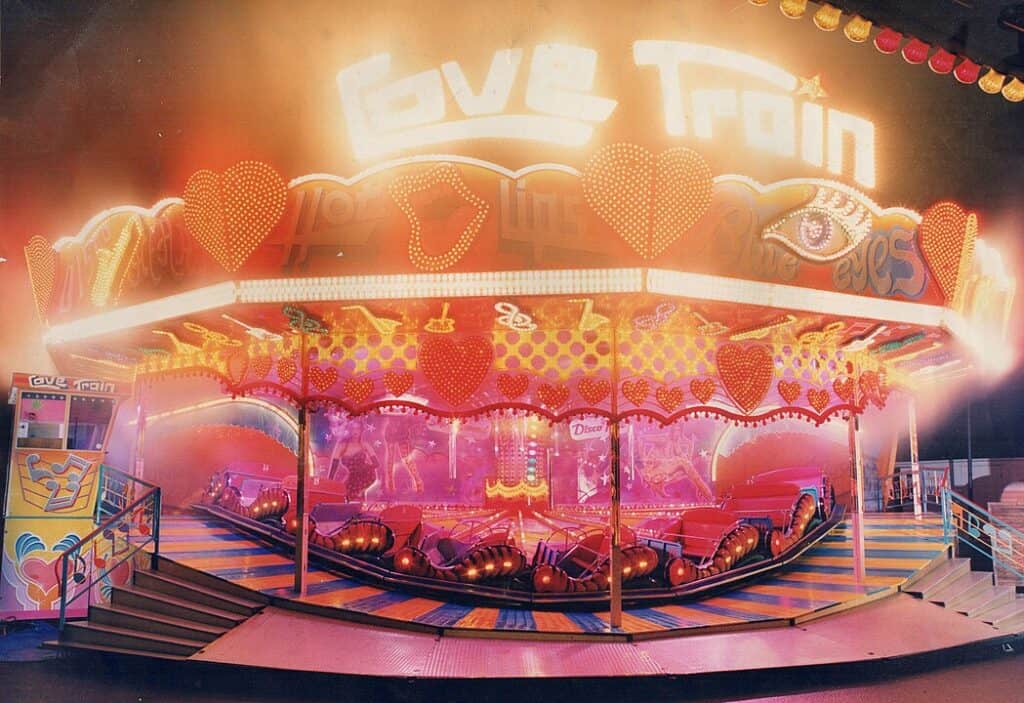
Music blares, cars snake in a circle, and operators flip to reverse at peak speed for cheers. Older lap bars and slick upholstery let small riders slide sideways under load, while centrifugal force pinned ribs against metal. Reverse cycles lasted longer than bodies liked, and ejections in wet weather were not rare. Refits added seat dividers, belts, and stricter height checks, but the vintage rhythm still bites. For kids, the fun stops where friction ends and momentum begins.